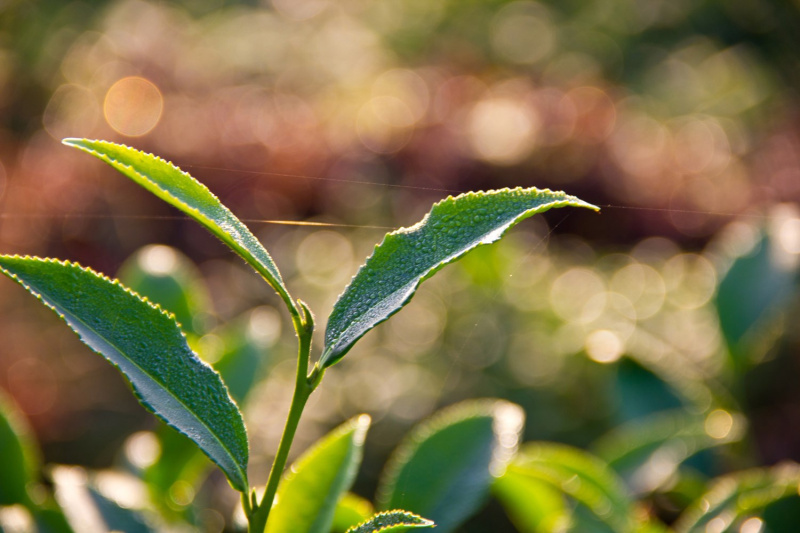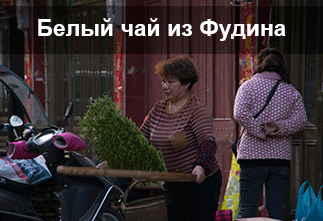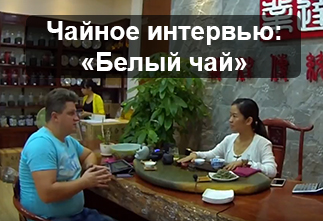White tea from old trees from Nanben Laozhai: the treasure of Yunnan
Lao Shu Bai Cha or Old Tree White Tea from Nanben Laozhai (Chinese: 南本老寨老树白茶, pinyin: Nán běn lǎo zhài lǎo shù báichá) is a truly unique and valuable product that is valued by tea connoisseurs all over the world. This tea has a unique taste and aroma that are formed due to the unique natural conditions and centuries-old history of tea trees.
Nanben Laozhai – the cradle of white tea
Nanben Laozhai is a small village in Yunnan Province, China. It is here, among the mountains and clouds, that ancient tea trees grow, aged 300 to 500 years. These trees are true long-livers and keepers of unique genetic codes that are passed down from generation to generation.
The uniqueness of white tea from old trees
- Minimally processed: White tea is considered one of the least processed types of tea. The leaves are hand-picked and minimally dried, which allows for maximum preservation of nutrients.
- Rich taste and aroma: Tea from old trees has a deep, rich taste with honey, fruit and floral notes. The aroma of tea is subtle and refined, with light shades of nuts and dried fruits.
- Health Benefits: White tea is rich in antioxidants, vitamins and minerals. It has anti-inflammatory, antibacterial and antioxidant properties.
- Rare and valuable: Tea from old trees is a real delicacy, which is produced in limited quantities. Its cost is significantly higher than that of regular white tea.
How to brew white tea from old trees?
To fully reveal the taste and aroma of this tea, it is recommended to use the following recommendations:
- Water temperature: 80-85°C
- Amount of tea: 3-5 grams per brew
- Brewing time: First brew – 30 seconds, subsequent brews – 10-15 seconds longer.
- Utensils: Gaiwan or small glass teapot.
What goes well with white tea from old trees?
White tea from old trees goes well with light snacks such as nuts, dried fruits, honey and traditional Chinese sweets. It can also be a great addition to fruit desserts.
Why is it worth trying white tea from old trees?
- Unique taste: This tea has a unique taste that will not leave you indifferent.
- Beneficial properties: This tea is not only tasty, but also healthy.
- Cultural Heritage: Drinking this tea, you touch the thousand-year history of Chinese tea culture.
White tea from old trees from Nanben Laozhai is not just a drink, it is a treasure of nature and the result of centuries of history. Each cup of this tea is a journey through time and space, it is an opportunity to touch ancient traditions and feel the full flavor and aroma of nature.
|
Name in Chinese
|
南本老寨老树白茶 |
|
Pinyin
|
Nán běn lǎo zhài lǎo shù báichá |
|
Translation
|
White Tea from Old Trees from Nanben Laozhai |
|
Tea variety
|
Yueguang Bai |
|
Country
|
China |
|
Provinces
|
Yunnan (云南) |
|
Habitat
|
Наньбэнь Лаочжай (南本老寨, Nán běn lǎo zhài) |
|
Type of tea raw material
|
Plantation |
|
Master's name
|
Кы Хэй (黑克, Hēi kè) |
- Комментарии
- Вконтакте
Pu-erh is one of the most unique types of tea, which only gets better with age. Many people, when they first encounter this tea, wondered: why is pu-erh more often found in pressed form (cakes, bricks, tochas), and not in loose form? The reasons for this are related to both history and the practical aspects of storing and fermenting tea. Despite modern technologies that allow the production of loose pu-erh, the shape of pressed cakes remains unchanged. And pu-erh is more often found on sale in pressed form, for example, in the form of cakes or bricks, and loose pu-erh is less common. We will talk about the reasons for pressing pu-erh into cakes in this article.
Puer is a unique Chinese tea that is distinguished by its depth of taste, complexity of aromas and versatility of aftertaste. Its taste characteristics are formed under the influence of many factors, from growing conditions to the brewing method. Let's look at the main ones.
In 2015, we interviewed Zhou Xiaolin (周小莉, zhōu xiǎolì) and the materials were shelved. It happens. Xiaolin is a smart married woman who has been working productively with Russians in China for a long time and is already studying Russian herself. Now the time has come and you can read this interview.






















































































